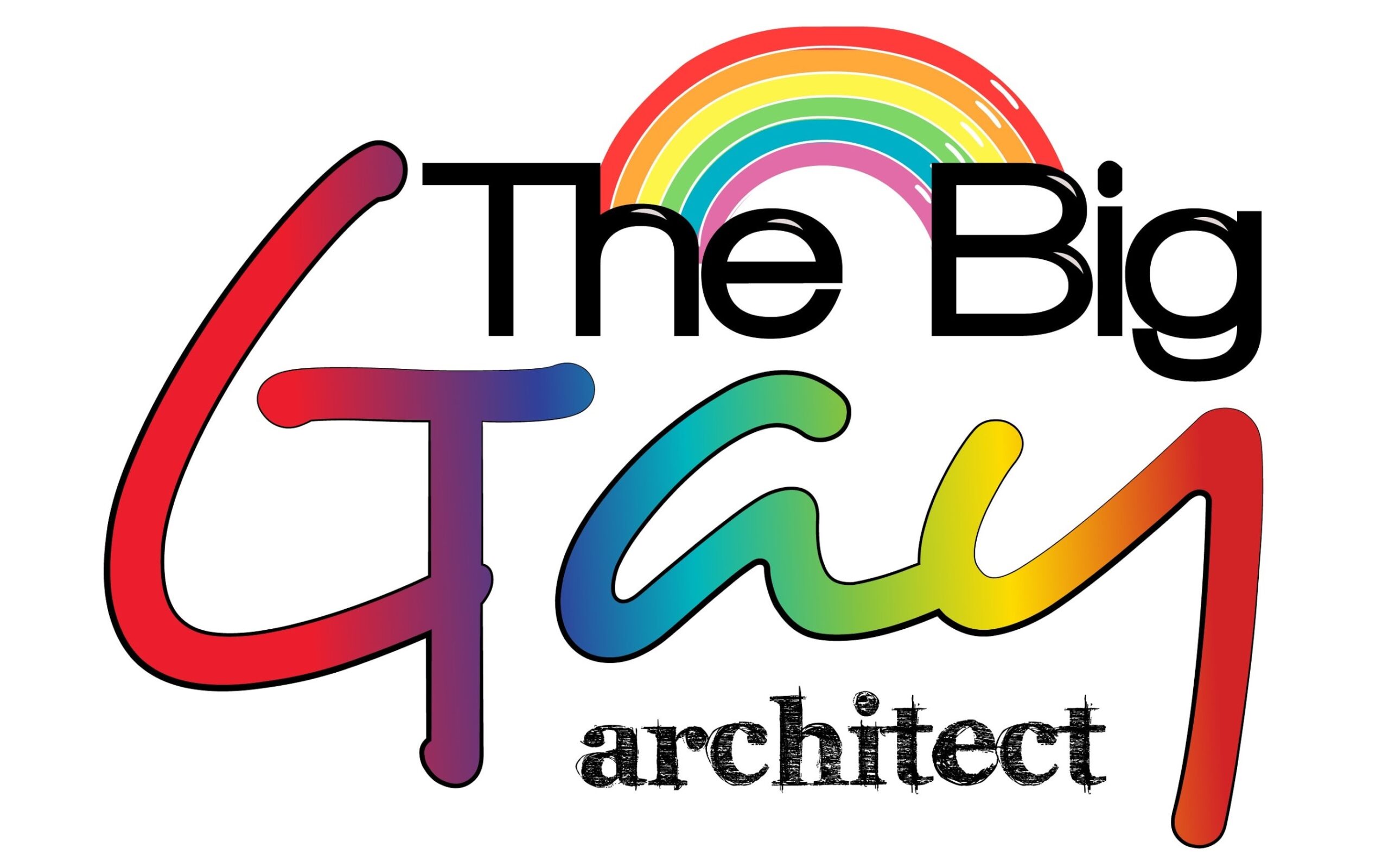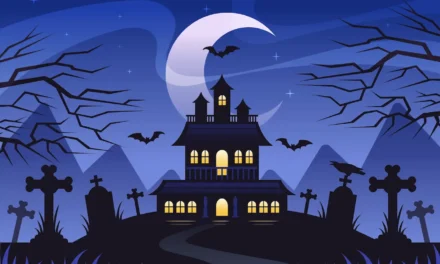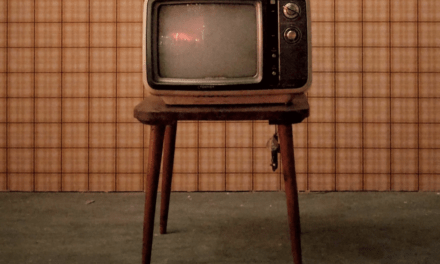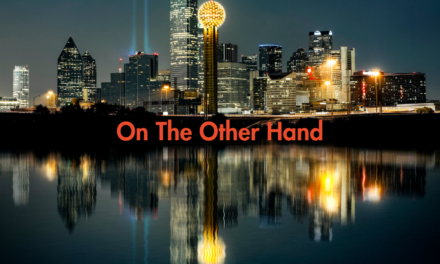Welcome to Texas! We can’t talk about being queer. We can’t read about being queer. We can’t learn about being queer. We can’t even decide where we pee.
So how does a younger generation of queers learn about their past?
As I was growing up and coming into my own queerness, you didn’t. The existence of a queer history never crossed my mind. Navigating being closeted and not outing myself by looking too long at anyone in the locker room carried far more weight. Oddly, once I was in college, the possibility of learning queer history never occurred to me either. But then, most architecture students will tell you there isn’t a lot of time for anything else.
Queer history itself certainly wasn’t taught in school—or at least not in any school I attended. We weren’t taught about James Baldwin, Rita Mae Brown, or Langston Hughes in English courses. We didn’t learn about Stonewall, Harvey Milk, or The Lavender Scare. My first foray into queer literature was reading Faggots by Larry Kramer. For a budding gay boy, that was quite the eye-opener.
Even within architecture history courses, sexuality, gender, and orientation were never discussed. We studied everything else, but not a single professor approached talking about queer architects and their impact on the profession. Not until well into my career, when I made myself visibly queer, did I even delve into queer architecture history.
Now, with Texas clamping down on diversity, equity, and inclusion; banning queer and Black books from school libraries (and even attempting to do so at public libraries); and cutting queer studies at the university level, the next generation is losing access to a shared history that has the potential to impact their futures.
Or at least that’s what I thought. Given the current climate, losing hope doesn’t take much. However, do enough digging, and you can find whatever you need to know—or hope to know—about past queer representation, queer protest, and queer history dating back centuries.
As it turns out, queers have been quite busy crafting our own history. We have been actively filling in the blanks for those who need to understand how we reached this point in time. Losing queer studies within college won’t matter if you know where to look.
NYC LGBTQ Historic Sites Project, The LGBTQ History Project, and The Dallas Way—to name only a few—are actively working to preserve the history of queer communities through oral and written histories, as well as walking tours. Within Texas, the AIA Austin LGBTQIA+ Alliance has hosted two bike tours of queer Austin, with speakers at each location sharing Austin’s queer past.
I would say look hard enough and you’ll find similar organizations where you are. Except you don’t have to look that hard. Spokane. Boston. Newark. Pittsburgh. St. Louis. Wisconsin. Colorado. Every location has an organization working to preserve queer history. And I stopped my Google search after Colorado, even though there were pages more to go.
Which means—even if you do live in a place like Texas, where life doesn’t always feel queer-friendly—generations of queer history are out there to find. Not to mention the opportunity to create your own. Write. Record. Vlog. Keep the idea going that, as a community, we are responsible for our own history while others are working to erase it.
Because somewhere there is a young queer in rural America—or in the suburbs—who wants to learn about who they are and what is possible. And we’re crafty enough bitches to provide that.





